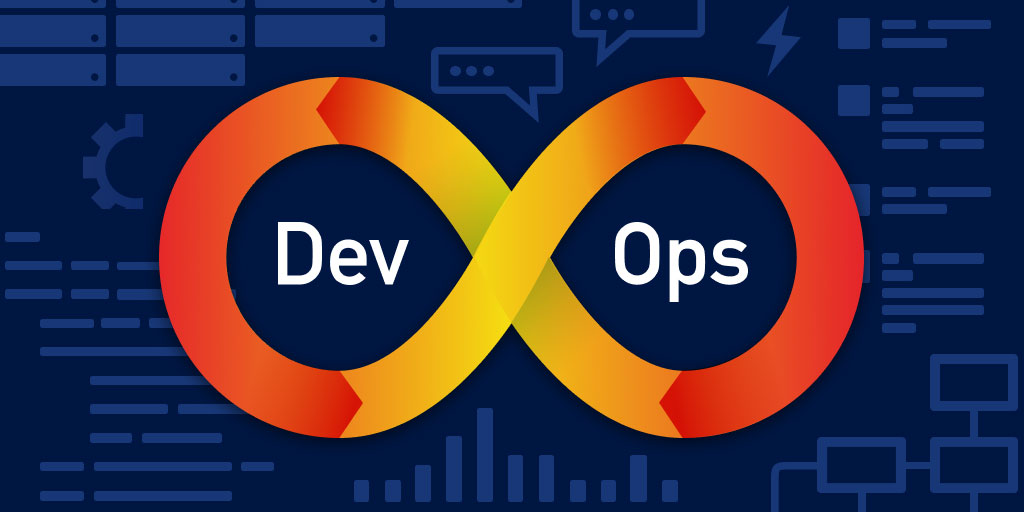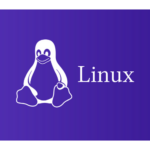1. What is DevOps, and why is it important?
DevOps is a cultural and technical movement that aims to improve collaboration between software development (Dev) and IT operations (Ops) teams. Its goal is to shorten the software development lifecycle, increase deployment frequency, and ensure high-quality software releases. DevOps emphasizes automation, monitoring, and continuous feedback.
2. What are the key benefits of adopting DevOps practices?
- Faster delivery: Automation and CI/CD pipelines enable faster code changes and deployments.
- Improved collaboration: Better communication between development and operations teams.
- Reduced costs: Efficient use of resources, reduced downtime, and fewer manual interventions.
- Higher quality: Continuous testing and monitoring lead to better quality releases.
- Scalability: Infrastructure as code allows for easy scaling of environments.
3. What is Continuous Integration (CI), and how is it implemented in a DevOps pipeline?
Continuous Integration (CI) is the practice of frequently integrating code changes into a shared repository. The goal is to detect integration issues early. It involves:
- Developers submit code frequently (several times a day).
- A CI server (e.g., Jenkins, GitLab CI) automatically runs tests and builds the code upon each change.
- If the tests pass, the code is integrated into the main branch. If not, developers fix the issues immediately.
4. What is Continuous Delivery (CD), and how does it differ from Continuous Deployment?
- Continuous Delivery (CD) automates the release of code to production-like environments, ensuring that the code is always in a deployable state. However, deployment to production requires manual approval.
- Continuous Deployment is a step further, where every code change that passes automated tests is automatically deployed to production, without any manual intervention.
5. Explain the difference between Continuous Integration, Continuous Delivery, and Continuous Deployment.
- Continuous Integration (CI): The practice of automatically integrating code changes into a shared repository. It involves automatic builds and tests.
- Continuous Delivery (CD): Automates the release of code to staging or production environments but may require manual approval before production deployment.
- Continuous Deployment: Code changes are automatically deployed to production without human intervention once they pass tests.
6. What is Infrastructure as Code (IaC), and which tools are used for it?
Infrastructure as Code (IaC) is the practice of managing and provisioning infrastructure through code rather than manual processes. This ensures that infrastructure is reproducible, consistent, and easily managed. Common IaC tools include:
- Terraform: Used to provision and manage cloud infrastructure.
- AWS CloudFormation: A service for managing AWS resources using templates.
- Ansible: Used for configuration management and automation.
- Puppet and Chef: Configuration management tools that help automate infrastructure provisioning.
7. What is Docker, and why is it used in DevOps?
Docker is a platform for developing, shipping, and running applications in lightweight containers. Containers package an application with all its dependencies, ensuring consistency across development, testing, and production environments. Docker simplifies environment setup and scaling, making it an essential tool in DevOps for continuous integration and deployment.
8. What is Kubernetes, and how does it help in container orchestration?
Kubernetes is an open-source container orchestration platform that automates the deployment, scaling, and management of containerized applications. It manages clusters of containers, providing load balancing, scaling, automated rollouts, and self-healing capabilities (e.g., restarting failed containers).
9. Explain the concept of microservices and how DevOps supports them.
Microservices is an architectural approach where a single application is divided into small, independent services that communicate over the network. Each service focuses on a specific business function and can be developed, deployed, and scaled independently. DevOps supports microservices through:
- Automation of builds, tests, and deployments.
- Containerization using Docker, allowing microservices to be isolated in their own containers.
- CI/CD pipelines to deploy and update microservices independently.
10. What is the role of Jenkins in DevOps?
Jenkins is an open-source automation server commonly used for Continuous Integration and Continuous Delivery (CI/CD). It automates tasks like:
- Code compilation
- Running unit tests
- Building Docker images
- Deploying applications to staging/production environments
11. What is the significance of monitoring in DevOps?
Monitoring is essential for ensuring the health and performance of applications and infrastructure. In DevOps, continuous monitoring provides:
- Proactive detection of issues: Real-time insights into system performance.
- Feedback loop: Monitoring helps in gathering data to improve systems and identify bottlenecks.
- Faster resolution: With automated alerting, teams can quickly identify and fix issues.
Common tools include:
- Prometheus and Grafana for metrics collection and visualization.
- Nagios, Zabbix, and Datadog for system and application monitoring.
12. What are the key components of a CI/CD pipeline?
A CI/CD pipeline automates the stages of software delivery, from development to production. Key components include:
- Source Code Management (SCM): Tools like Git to manage code versions.
- Build: Compiling the code into a deployable artifact (e.g., JAR, WAR).
- Testing: Running unit, integration, and functional tests.
- Artifact Repository: Storing build artifacts (e.g., Nexus, Artifactory).
- Deployment: Automating the deployment process to staging or production environments.
- Monitoring and Feedback: Collecting data and performance metrics for continuous improvement.
13. What is a Blue-Green Deployment?
A Blue-Green Deployment is a technique for minimizing downtime and risks by running two identical production environments, known as “blue” and “green.”
- The blue environment is the current production environment.
- The green environment is a clone of the blue environment, where the new version of the application is deployed.
- After testing, traffic is switched from blue to green. If there are issues, traffic can be switched back to the blue environment.
14. How do you manage secrets in a DevOps environment?
Managing secrets securely is a critical aspect of DevOps. Best practices include:
- Environment Variables: Store sensitive information like API keys and credentials as environment variables.
- Vaults: Use tools like HashiCorp Vault, AWS Secrets Manager, or Azure Key Vault to securely manage and access secrets.
- Encrypted Files: Store sensitive data in encrypted files and decrypt them at runtime.
- Configuration Management Tools: Use tools like Ansible or Chef to securely handle secrets.
15. Explain the concept of “Immutable Infrastructure” in DevOps.
Immutable Infrastructure refers to the practice of replacing infrastructure components rather than modifying them. When an update or change is needed, a new instance of the infrastructure is created and deployed, while the old one is terminated. This eliminates configuration drift and ensures consistency across environments.
16. What is the difference between a Monolithic and a Microservices architecture?
- Monolithic: A traditional software architecture where the application is built as a single, unified unit. Scaling is done at the application level.
- Microservices: An architecture where the application is broken down into smaller, independent services that can be developed, deployed, and scaled independently.
17. What is the role of Terraform in DevOps?
Terraform is an Infrastructure as Code (IaC) tool that allows you to define and provision infrastructure resources on cloud platforms like AWS, Azure, and Google Cloud using a declarative configuration language. It enables version-controlled infrastructure and allows for automated provisioning, scaling, and management.
18. What is the difference between docker run and docker-compose up?
docker run: This command is used to start a single container.docker-compose up: This command is used to start multiple containers that are defined in adocker-compose.ymlfile. It is used for defining and running multi-container Docker applications.
19. What is the purpose of the Dockerfile?
A Dockerfile is a script containing a series of instructions on how to build a Docker image. It defines everything from the base image, application dependencies, and environment variables to the commands needed to run the application inside a container.
20. How do you ensure high availability in a cloud-based application?
To ensure high availability in a cloud-based application:
- Use auto-scaling to automatically adjust resources based on demand.
- Implement load balancing to distribute traffic evenly across multiple servers or instances.
- Deploy applications across multiple Availability Zones to ensure redundancy.
- Use managed services (e.g., AWS RDS, Azure SQL) that handle replication and failover.



